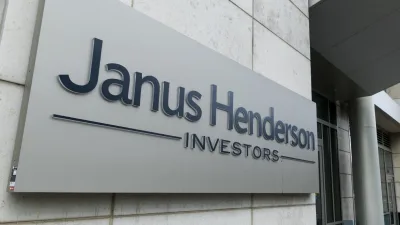Legg Mason shows off balancing act



Legg Mason’s Martin Currie Real Income fund ticks the metrics for high performance in a less volatile environment relative to fund size over three and five-year periods.
Money Management analysed the performance and volatility of funds in the Australian equities sector to find those in the top quartile for both metrics.
The data from FE Analytics showed the Fund, which predominantly invests in listed real estate asset securities such as A-REITs, utility and infrastructure securities, maintained a consistent, strong performance over both 3 and 5 year periods and kept volatility steady.
Legg Mason’s Martin Currie Real Income A fund was the top performer, with returns of 9.44 per cent cumulatively over 3 years, and a volatility of 9.64 per cent relative to its $612 million fund size.
Portfolio manager, Ashton Reid, said the nature of the fund is not pegged to the business cycle, providing more predictable free cash flow and dividends.
“The typically long-term nature of their cash flows also offers protection during market downturns, as well as upside growth potential from population growth,” he said.
Reid said demand for these assets was typically driven by population growth, which is in-turn reinforced by control of supply.
“The ability to raise prices over time provides protection against inflation,” he said. “This means that they typically have a low beta versus the broader equity market and can provide a low-volatility, regular and growing income stream.”
In terms of keeping volatility low, Reid said their approach was based on the philosophy that high-quality, listed real asset securities could sustain dividends, match rises in the cost of living and are likely to be less volatile than the wider equity market.
“We are predominantly looking for stocks that own less-risky established ‘brownfield’ assets, as we feel it is less appropriate or unnecessary to take on any avoidable development risk in new ‘greenfield’ projects,” he said.
Despite expecting the local cash rate and bond rate to rise, Reid predicts the fund would provide a yield of six per cent and grow dividends at three per cent per annum, a rate he said is comfortable above the rate of inflation.
“The Fund's cashflows that support its income stream look very solid and we are confident in the outlook. Population growth and Real Assets’ ability to increase pricing in line with inflation (think utility company and toll road increases) that drive this income stream remain strong,” he said.
The fund beat it’s peers, BetaShares’ Australian Equities Strong Bear Hedge Fund and BlackRock’s iShares S&P/ASX 20 ETF Fund who were the worst performers, placing in the bottom quartile for both returns and volatility over a 3 year period.
Recommended for you
Global asset manager Janus Henderson could be acquired after receiving a non-binding acquisition proposal jointly from a private investment firm and venture capital firm.
Investment manager Salter Brothers has partnered with private equity firm Kilara Capital to launch an Australian sustainable investment platform focusing on decarbonisation.
Fresh off launching three active ETFs to the Australian market, Avantis Investors is already planning to expand its range with two further products next year.
Ausbil is growing its active ETF range with an ESG product in collaboration with sister company Candriam.












